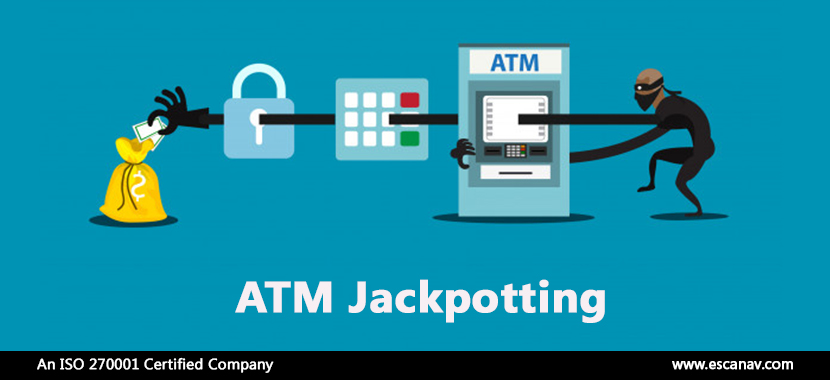Given the plethora of advanced tools that are available on the dark web over its online presence, it merely turns to be a child’s play to hack into an ATM vending machine these days. This new phenomenon which originated in the United States has slowly and steadily found its way to India.
A malware called Ploutus D is being utilized in this phenomenon, which compromised the software of the multivendor ATM machines and gains access to its hardware, allowing the hackers to dispense all the cash in the machine within minutes. This new ATM jackpotting threat could cause heavy losses to financial institutions while affecting the economy of the country.
Fortunately, there are methods and measure that financial institutions in the country can take to prevent the hacking of their ATM machines.
Regular Updates of Software and Patches –
Arguably the best defense against an ATM jackpotting attack could be mounted with the presence of a Firewalls and anti-malware. It’s of paramount importance to protect machines that help with dispensing of the cash be protected with the most updated with the latest software.
Endpoint Security or Whitelisting –
The cash dispensing machines should be enabled with the highest level of endpoint security, that would prevent the uploading or connecting of unauthorized USB devices to prevent the entry of malware into the ATM’s computer by blocking anything that is unfamiliar. This should be coupled with disabling of autorun and boot features.
Regular Password Updating –
Default passwords that are assigned by the ATM machine vendors are listed in the manual are usually found on the internet. Hence, all the machines should be evaluated and their passwords should be changed after every 30 days and embed this as a safety precaution in the company’s security policy.
Custom Keys –
Options of acquiring custom keys are presented over the internet. The keys are specifically designed to open nearly any ATM enclosure and acts as a master key, giving one access to the ATM computer. In such a scenario the even if the vault remains secure; the inner hardware can be subjected to manipulation. Hence, it is advised to have a special key for each ATM that would make the availability of such custom master keys redundant and it would limit the access to the ATMs.
Physical Security and Monitoring –
It is always advised to have a security personnel along with security cameras and other technologies to identify tampering and shut down of machines, to deter any kind of criminal activity in the vicinity of the machine or with the machine itself.
Our Experts suggest a thorough network evaluation and implementation of as many of the measures that are mentioned in this article. A multi-layer approach would be the best option available.
Financial Institutions who manage their own machines are encouraged to be vigilant and monitor any suspicious activities. While those working with third-party vendors are advised to open a conversation about ATM Jackpotting and educating them about the same.
Also, there is a new breed of ATM hackers who get in through a bank’s network, attacking multiple ATMs installed at various locations, at once. Hence to eradicate this threat, Financial Institutions and banks are advised to use the Vulnerability Assessment and Penetration Test (VAPT) module, to enhance the security of their network.
To read more, please check eScan Blog







